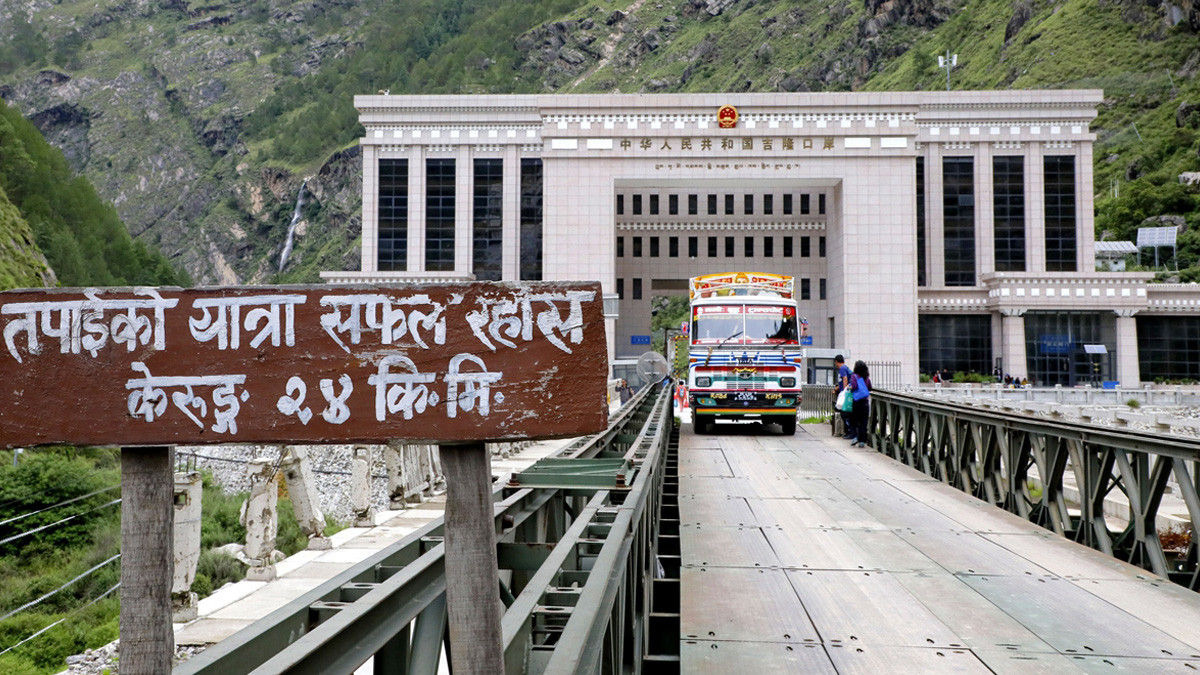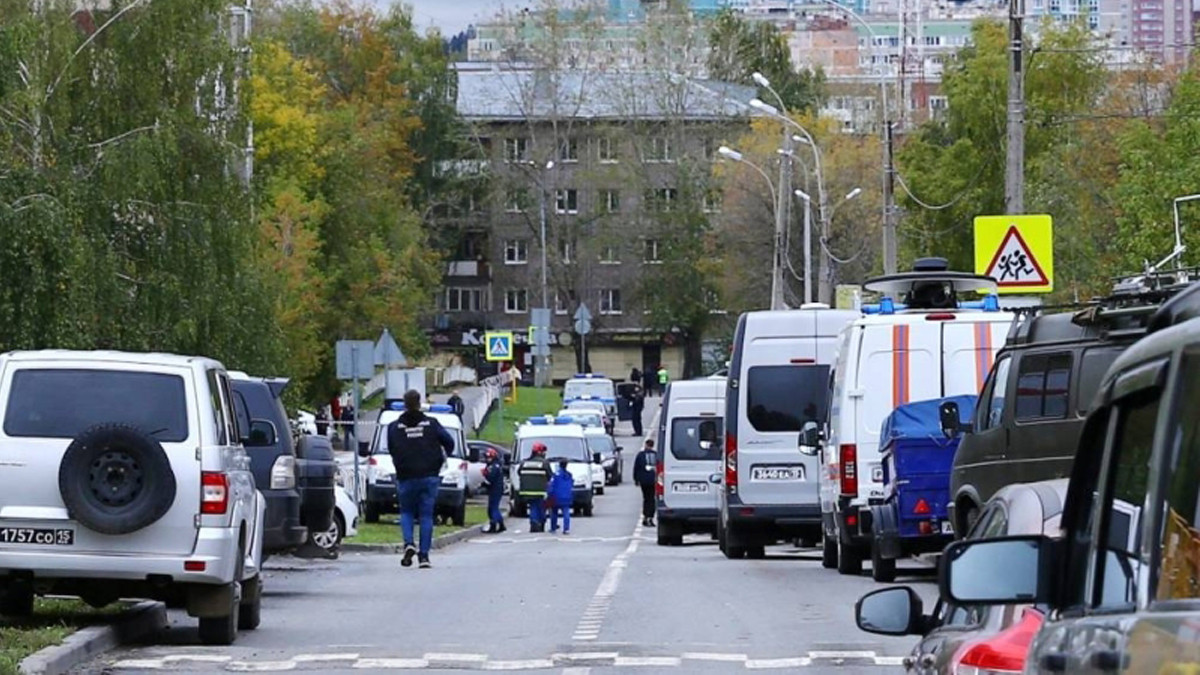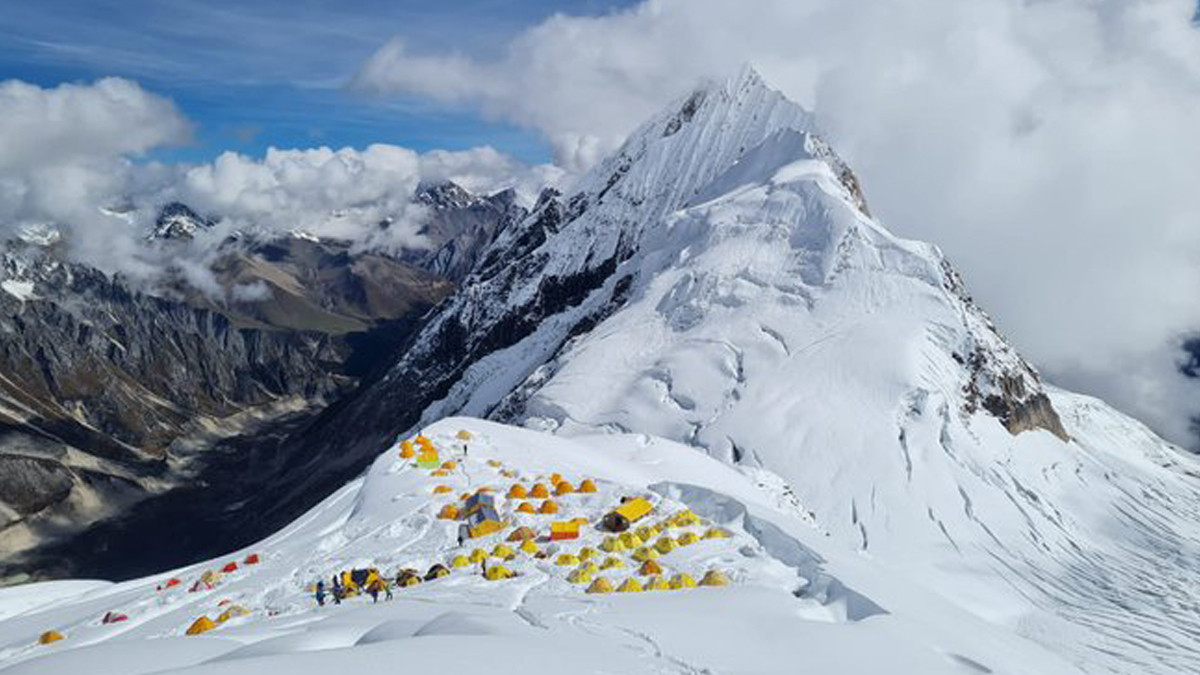 Aa deserted file photo of Nepal-China border point in Rasuwagadhi, which China had promised to allow revitalize but in vain.
Aa deserted file photo of Nepal-China border point in Rasuwagadhi, which China had promised to allow revitalize but in vain.
Since the onset of pandemic, the trade between China and Nepal has witnessed disruption, largely due to the restrictions imposed by China on movement of goods and people. The undeclared trade embargo has led to hardship to Nepali traders whose consignment worth millions remained stuck at borders. In spite of repeated requests by government of Nepal, the Chinese authorities haven’t obliged and Nepali traders have no respite.
In 2015, Nepal sought to diversify its trade with trade China as an alternative to India. In this regard, Nepal signed a slew of agreements, including one on trade and transit. The agreement allows Nepal to access seven Chinese sea and land ports for her third country trade. The traders’ community in Nepal were gung-ho over third-country trade via China as it would mean less dependence on India. Over past few years, the trade across Northern border has grown manifold. According to the Department of Customs, imports from China in fiscal 2020- 21 rose 28.58 percent year-on-year to Rs233.92 billion. Before Covid in fiscal 2018-19, imports amounted to Rs 205.51 billion.
In 2017-18, imports were valued at Rs159.98 billion, up from Rs129.87 billion in fiscal 2016-17. However, the increased quantum of trade has not helped Nepal as it suffers a huge deficit in its trade with China. If Nepal imported Rs233.92 billion worth of goods from China in 2020-21, its exports across the Himalaya were valued at a mere Rs1 billion. This translates into a trade deficit of Rs232.90 billion, which accounted for 14 percent of Nepal’s total trade deficit in fiscal 2020- 21.
The problems faced by Nepali traders were further multiplied when China restricted issuing visas to Nepali traders; as a result they were forced to place orders virtually. Many traders have complained of being cheated on quality as they have to place orders virtually. Further, the freight costs have also pushed up. As a result, goods have become more expensive causing a significant rise in inflation. The United Nations Conference on Trade and Development (UNCTAD) has predicted that higher shipping costs will continue to make goods costlier over the next year as well.
Inconsistencies in imports from China have not only caused unprecedented monetary losses to Nepali traders, the Nepali citizens living in districts along the northern border, who depend on supplies from China, have also faced shortage of daily essential products such as food items like rice, flour, milk powder and sugar. The development activities in the district have also been severely affected as China has stopped supplies of construction materials and equipments. The restrictions imposed in the name of Covid containment measures have caused hardship to the people in the areas like Sankhuwasabha. The traders are dismayed by continued trade disruption across the Northern border and China not allowing cargo trucks to enter Nepal smoothly. This has given rise to concerns regarding Nepal’s conduct of third-country trade via its northern neighbour and its reliance upon China as a trade partner, alternatively to India

Chinese Investment in Nepal: Boon or bane?
China’s investment in Nepal was marginal in comparison to India and other investors including the multilateral financial institutions till 2008, the year since it surged. Toady China is the largest source of Foreign Direct Investment in Nepal consecutively for the last six years. China’s FDI in Nepal was less than $ 1 billion during 2000-17.
In the year 2021 China’s share to total FDI increased to more than 70% with a commitment of $ 188 million (out of total FDI of $ 268 million). China surpassed India as the largest FDI source to Nepal in 2014. Later, China signed a framework agreement on its Belt and Road Initiative (BRI) with Nepal in 2017. Thereafter, under the framework China pledged to develop nine projects under the framework.
However, increased interest of China in Nepal, a small and poor economy, cannot be without strategic interests as it would never be able to extract economic returns on its investment from the country, at least in near term. It is also suspected that China’s proactive interest in funding Nepali projects have been conceived keeping in view the Chinese interest at the core and Nepali interest only on the periphery. There are several issues related to Chinese funded projects in Nepal, which caste doubt and attract people’s protest.
Both China and Nepal have identified nine projects to be developed under the BRI. The nine projects included Rasuwagadhi- Kathmandu road, Kimathanka- Hile road construction, construction of raod from Dipayal to Chinese border, Tokha-Bidur road, Galchi- Rasuwagadhi-Kerung 400KV transmission line, Kerung-Kathmandu rail, 762 MW Tamor hydroelectricity, 426 MW Phuket Karnali hydroelectricity project and Madan Bhandari Technical Institute, but none of them has taken off. If at all work has started on some of them, they are going very slow.
The track record of Chinese investment in Nepali projects is not good as it is clear from a vast gap between commitment and realisation of investment, slow growth in the implementation, cost over-runs due to delays and poor feasibility studies and rehabilitation of the people who fear displacement. While some G2G projects like $ 215 million Pokhara International Airport, funded by the soft loan from the China Exim Bank and to be built by China CAMC Engineering is undergoing, other projects are either going very slow or not taking off.
One of the most outstanding examples is 30 MW Chemelia hydropower project. The project being constructed in Nepal’s Darchula district faced inordinate delays and cost over-runs. Since it was started in 2010 and completed in 2020, the cost escalated from Nepalese Rupee 6 million to 16 million. The China Gezhouba Group Corp. (CGGC) had halted the work on the project in 2014 for nearly 18 months and demanded an additional NRs 1.1 million from Nepal Electricity Authority on the ground that construction cost has increased due to the “squeezing of the tunnel”. Later, critics pointed out that while private sector companies have been developing HPPs at the cost of NRs 180 million per MW, CGGC had charged three times more, i.e., NRs 540 million per MW. This is why that many people in Nepal feel as cheated. Such uneconomical projects could land the country into debt trap.
There are other examples as well where China could not fulfil its commitments to develop power projects in Nepal. China backed off from implementing West Seti Hydroelectric Project citing non-viability. While $ 1.2 billion project was planned to be developed by China’s state owned Three Gorges International, failure to work out the financial modality of the project resulted in its formal termination in 2018. Similarly the Nepal government scrapped the agreement with Gezhouba Group Corp. for the development of $ 44.6 million Budhigandaki Hydropower project. People protested against the project because it did not have any programme for the people who were to be displaced by the project. Although the contract had been scrapped in 2017, the new Oli government once again called CGGC in 2018 to work on the project that was to be completed in 2022. It has already been delayed.
People also protested recently against Damak Clean Industrial Park at Damak Municipality demanding adequate compensation for the land acquired for the project and lack of transparency on the Chinese investment.
There is increasing scepticism against China aided projects in Nepal and Chinese investment. Firstly, because there is poor or no feasibility study before the projects are taken up. And if they are taken up, the planning for the project related socio-economic effects are lacking such as compensation and rehabilitation of the people displaced by the projects. Secondly, Nepal, being a mountainous country, is environmentally sensitive, but Chinese project developers pay scant attention to it. Last but not the least delays, cost over-runs and skewed agreements, which favour China more and bring lesser benefit to Nepal, make Chinese investment all the more suspicious. If delays and cost over-runs continue and the China funded projects are not able to be viable for whatsoever reason, the country would risk falling in the debt trap. This would help China to realize its strategic goal and exploit Nepal’s helplessness to have control over its natural resources and even on its foreign policy. Signals are already visible.









